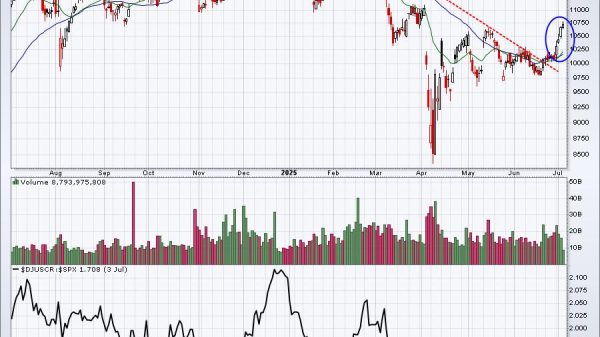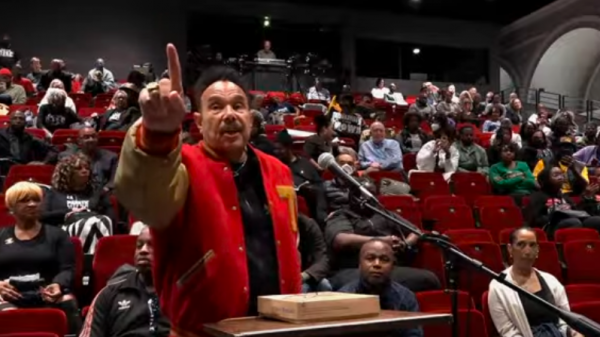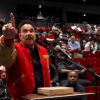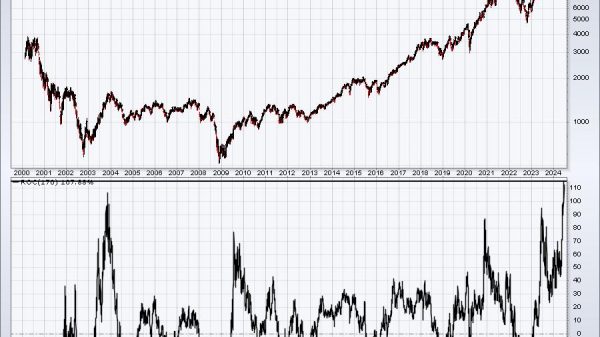Want to read more?
Click on the button below to access all premium content articles by purchasing one of our educational packages
GET PREMIUMPrivate or national ownership – railways in the united kingdom (uk).
At 12.10pm on October 17, 2000, a Great North Eastern Railway (GNER) InterCity Express train left London Kings Cross Station bound for Leeds. It was travelling along the East Coast main line at approximately 115 mph when it derailed south of Hatfield Station in Hertfordshire. The primary cause of the train crash was later determined to be the left-hand rail fracturing as the train passed over it. Fracturing rails were not the kind of incident which the railway system in the United Kingdom was used to. There had always been procedures in place to catch any such problems in advance. The train travelled a further 1,000 yards after this derailment. The leading locomotive and the first two coaches remained upright. All the following coaches were derailed. The restaurant coach, the eighth vehicle, overturned onto its side and struck an overhead line gantry after derailing, resulting in severe damage. Four passengers died and a further 70 were reported as injured. Those who died were all in the restaurant coach. A preliminary investigation found a rail had fragmented as the train passed over it, and that the likely cause was “rolling contact fatigue” which is defined as a series of multiple gradual surface-breaking cracks. Such cracks are caused by high loads where the wheels contact the rail. Repeated high loading causes fatigue cracks to grow and when they reach a critical size, the rail fails. Portions of the failed track at Hatfield were reassembled and numerous fatigue cracks were identified. All the above was very bad, but to make matters worse, the problem had even been known about before the Hatfield crash; a letter from the infrastructure company Railtrack in December 1999 warned that the existing Railtrack Line Specifications were insufficient to guard against this type of fatigue. Replacement rails had been made available but for some reason had never been delivered to the correct location for installation.






















